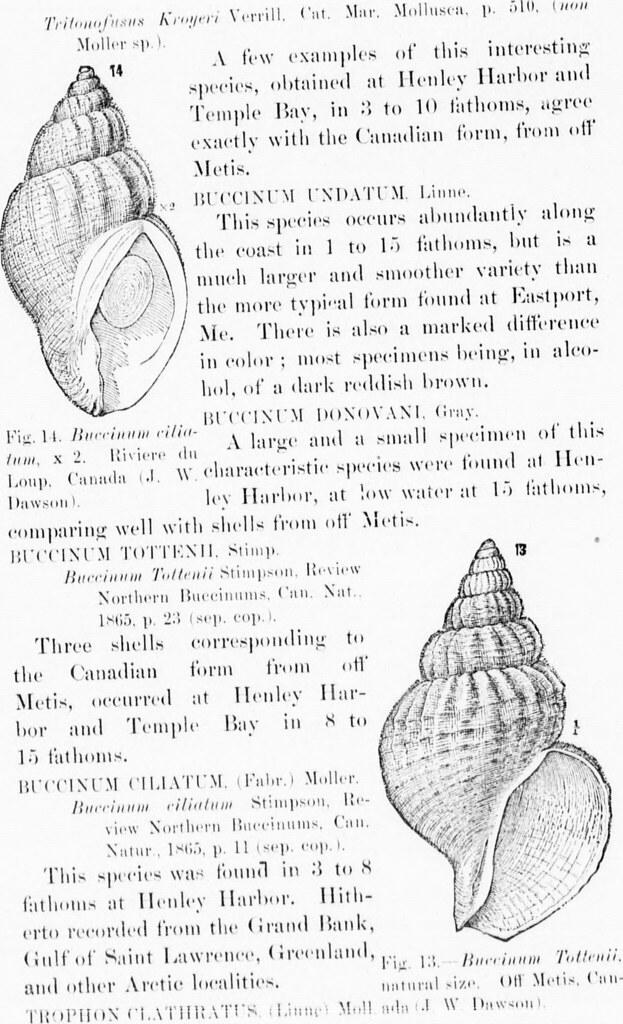Unleashing the untamable potential of innovation often demands a cloak of secrecy – an invisible guardian that protects the ingenious ideas and groundbreaking concepts from falling into the wrong hands. In the realm of business, this guardian takes shape in the form of a potent document known as the Non-Disclosure Agreement or NDA. With a touch of magical allure, the NDA form has the power to shield groundbreaking innovations, enchanting trade secrets, and mesmerizing intellectual property within its mystical clauses, ensuring the survival and prosperity of the creator’s visionary endeavors. In this article, we delve into the depths of this ethereal legal instrument, unraveling its enigmatic power, dissecting its arcane clauses, and shedding light on its often obscured purpose. So, step into the realm of the NDA form, where intrigue meets hushed whispers, and where the remarkable becomes safeguarded.
Introduction to NDA Forms: Understanding the Basics and Importance
NDA forms, also known as non-disclosure agreements, are legal contracts used to protect confidential information shared between parties. Understanding the basics of NDA forms is crucial for anyone involved in business or professional relationships where sensitive information is being shared.
One of the key components of an NDA form is the identification of the parties involved. This includes the disclosing party, who is sharing the confidential information, and the receiving party, who is bound by the agreement to protect and keep the information confidential. It’s important to clearly define the scope of what is considered confidential information, ensuring that both parties have a clear understanding of what should be kept private.
NDA forms serve several purposes, but their primary importance lies in the protection of intellectual property and trade secrets. These agreements prevent the unauthorized disclosure of valuable information, such as proprietary formulas, customer lists, or marketing strategies. By signing an NDA form, the receiving party commits to keeping the shared information confidential and prevents them from using it for their own advantage or disclosing it to third parties.
To ensure the effectiveness of an NDA form, it’s essential to clearly outline the consequences of breaching the agreement. Typically, this includes legal remedies such as monetary damages or injunctions. By including these clauses, parties have a greater incentive to adhere to the terms and maintain the confidentiality of the shared information.

Exploring the Key Elements of an Effective NDA Form
An NDA (Non-Disclosure Agreement) form is a crucial legal document that safeguards sensitive information, trade secrets, and proprietary data shared between parties. To ensure its effectiveness, it is essential to understand the key elements that make up a robust NDA form. These elements not only protect the interests of both parties involved but also establish a foundation of trust and confidentiality. Let’s delve into the fundamental components that contribute to a solid NDA form and why they matter.
1. Clear Identification of Parties
The NDA form should clearly identify all parties involved, including the disclosing party (the one sharing the confidential information) and the receiving party (the one accessing the information). By stating the full legal names of the parties, their addresses, and any relevant business affiliations, any ambiguity or confusion can be avoided. This identification section ensures that the NDA is legally binding and enforceable.
2. Definition of Confidential Information
Defining the scope of confidential information in an NDA form is essential to protect sensitive data. It should include a comprehensive list or description of what constitutes confidential information, such as trade secrets, financial data, proprietary technology, customer lists, or even marketing strategies. This clarity sets a clear boundary for the receiving party and prevents any unintentional or unauthorized disclosure of confidential information.
3. Obligations and Restrictions
The obligations and restrictions section outlines the responsibilities of the receiving party in safeguarding the disclosed information. It should specify that the receiving party must maintain strict confidentiality, taking necessary precautions to prevent any unauthorized disclosure or use of the confidential information. Additionally, it can include restrictions on copying, sharing, or using the information for any purposes other than those expressly permitted. Clearly defining these obligations helps to establish trust and solidify the confidential nature of the disclosed information.
| Element | Importance |
|---|---|
| Clear Identification | Legally binding and avoids confusion |
| Definition of Confidential Information | Prevents unauthorized disclosure |
| Obligations and Restrictions | Safeguards the disclosed information |

Crafting a Comprehensive NDA Form: Best Practices and Practical Tips
Crafting a comprehensive Non-Disclosure Agreement (NDA) form is essential for protecting sensitive information and ensuring the security of your business. Whether you are a small startup or a large corporation, having a well-crafted NDA is crucial in safeguarding your intellectual property and maintaining confidentiality. Here are some best practices and practical tips to consider when creating an effective NDA form:
1. Clearly Define the Parties Involved: Clearly identify and provide the full legal names of all parties involved in the NDA to avoid any confusion or disputes later on. Include the company or individual names, addresses, and contact information. It is important to ensure that all parties have the legal capacity to enter into this agreement.
2. Specify the Confidential Information: Clearly identify what constitutes confidential information. This could include trade secrets, customer data, financial information, or any other proprietary information that should be protected. Use bold formatting or different font styles to highlight key sections and ensure they are easily noticeable to all parties involved.
3. Outline the Purpose and Scope of Use: Clearly state the purpose of sharing confidential information and the intended use. Specify any limitations or restrictions on the use of the information. Be as detailed and specific as possible to avoid any ambiguity or misunderstandings.
4. Establish the Duration of the Agreement: Clearly define the duration of the agreement and specify when the confidentiality obligations will commence and terminate. This could be a specific time frame or contingent on certain conditions, such as the completion of a project or the termination of a business relationship.
5. Include Terms for Return or Destruction of Information: Outline the obligations of the receiving party to return or destroy any confidential information upon termination or at the request of the disclosing party. Specify the method and timeline for returning or destroying the information.
6. Address Breach and Remedies: Clearly state the consequences of a breach of the NDA and the available remedies for the affected party. This could include legal action, injunctions, or other forms of relief as deemed necessary. Be sure to include a provision for reasonable attorney fees in case legal action becomes necessary.
Remember, tailoring your NDA form to your specific needs and seeking legal advice when necessary is crucial in ensuring its effectiveness. By following these best practices and incorporating practical tips, you can create a comprehensive NDA form that protects your confidential information and safeguards your business interests. Table 1 below provides a simple summary of the key elements to include in your NDA form:
| Key Elements | Brief Description |
|—————————|———————————————————-|
| Parties Involved | Clearly identify all parties with full legal names. |
| Confidential Information | State what constitutes confidential information. |
| Purpose and Scope of Use | Clearly outline the purpose and limitations of use. |
| Duration of Agreement | Define the timeline or conditions for the agreement. |
| Return or Destruction | Specify the obligations for returning or destroying info.|
| Breach and Remedies | State consequences of breach and available remedies. |
Crafting a comprehensive NDA form is a vital step in protecting your business and ensuring the confidentiality of your valuable information. Taking the time to create a well-thought-out NDA can provide you with peace of mind and the necessary legal protection.
Navigating Common Pitfalls: Essential Considerations When Using NDA Forms
When it comes to protecting your confidential information, Non-Disclosure Agreements (NDAs) are an indispensable tool. However, navigating the labyrinth of legal jargon and potential pitfalls associated with NDA forms can be challenging. To ensure smooth sailing in your confidentiality agreements, here are some essential considerations to keep in mind:
- Clear and Precise Language: Avoid using ambiguous terms or complex legal jargon that could be misinterpreted. Use straightforward language that clearly outlines the confidential information and obligations of the parties involved.
- Define Confidential Information: It is crucial to accurately define what constitutes confidential information. Be specific about the types of data, documents, or trade secrets that are covered by the NDA. This will provide clarity and minimize any potential disputes.
- Duration of Confidentiality: Determine the duration for which the information needs to remain confidential. Set a specific timeframe to avoid perpetually binding the parties and to provide clarity on when the agreement terminates.
| Common Pitfall | Solution |
|---|---|
| Lack of Enforceability | Include a provision specifying that a breach of the NDA can result in legal consequences, such as monetary damages or injunctive relief. Consult with legal experts to ensure your NDA is legally enforceable. |
| Excessive Restrictions | Avoid including overly restrictive provisions that hinder the recipient’s ability to operate or compete fairly in the marketplace. Strike a balance between protecting your confidential information and maintaining reasonable business practices. |
| Failure to Update | Regularly review and update your NDA forms to reflect changes in your business practices or evolving legal requirements. This ensures that your confidential information continues to receive adequate protection. |
By keeping these considerations in mind and addressing common pitfalls, you can navigate the complexities of NDA forms with confidence. Remember, seeking professional legal guidance is always advisable to ensure your confidentiality agreements provide the necessary protection for your sensitive information.
In Retrospect
As we close the chapter on deciphering the contours of the mysterious NDA form, we find ourselves standing on the threshold of understanding the delicate balance between trust and protection. Throughout this exploration, we’ve unraveled the intricacies of this document, shedding light on its purpose and highlighting its significance in our modern world.
Never before has a piece of paper held such immense power to shield innovative ideas, safeguard confidential information, and fortify the foundations of strategic alliances. The NDA form, with its elegant yet firm language, has become the gatekeeper of proprietary knowledge, ensuring that creative minds can roam freely, unburdened by the fear of misappropriation.
But beyond its legal jargon and seemingly impenetrable clauses, the NDA form reveals a more profound narrative. It narrates the story of human ingenuity, reminding us that ideas are fragile, like a budding bloom in need of protection from an unwelcome gust of wind. It thrives on trust, emphasizing the importance of open collaboration while enshrining the sanctity of confidentiality, like a secret whispered between allies.
As we part ways with this exploration, let us not forget that the NDA form is not just a mere piece of paper, but a symbol of the ever-evolving relationship between trust, innovation, and protection. May it empower us to forge forward in a world brimming with ideas, where the exchange of knowledge propels humanity to scale new heights of progress.
So, dear reader, as we conclude our journey through the enigmatic realms of the NDA form, we bid you adieu with a reminder to embrace the value of trust in safeguarding our most precious ideas. May this newfound understanding guide you as you navigate the path towards equilibrium between unveiling and preserving the treasures of human imagination.

